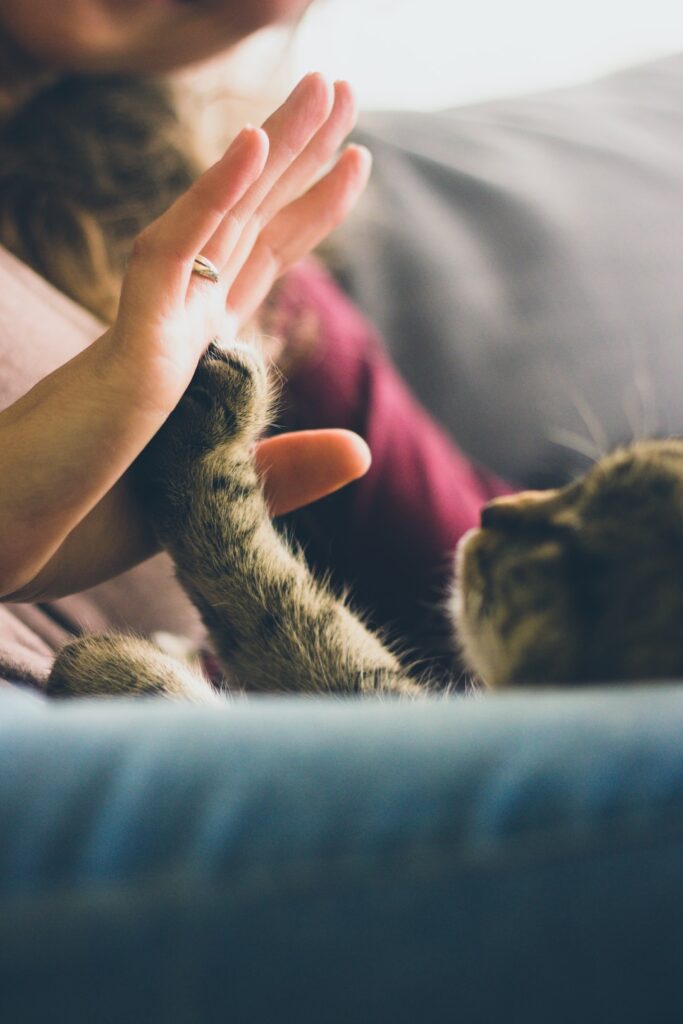Keeping the Peace: How to Stop Pet Mice from Fighting
Are your pet mice constantly squabbling and causing a ruckus in their habitat? Don’t worry, you’re not alone. Many pet owners face the challenge of managing aggressive behavior between their mice. But fear not, there are effective strategies to promote harmony among your furry friends. In this comprehensive guide, we’ll explore the reasons behind mice aggression, methods to prevent conflicts, and practical tips for creating a peaceful and enriching environment for your beloved pets. So, let’s dive in and learn how to keep the peace among our pet mice!
Understanding Mice Behavior
Before delving into strategies for maintaining harmony, it’s important to understand the nature of mice behavior. Mice are social animals that establish a hierarchy within their group. While some level of dominance and occasional scuffles are normal, chronic or intense fighting can indicate underlying issues that need to be addressed.
Surprising Statistics:
Did you know that a group of mice, also known as a mischief, can consist of several females with a single male? This dynamic can sometimes lead to territorial disputes and aggression, especially if the mice are not properly introduced or their environment lacks enrichment.
Identifying the Causes of Fighting
To effectively address the issue of mice fighting, it’s crucial to identify the root causes triggering the aggressive behavior. Here are some common factors that contribute to conflicts among pet mice:
Territorial Disputes
Mice are territorial creatures, and disputes often arise when they feel their space is being invaded by cage mates.
Lack of Enrichment
An unstimulating environment can lead to boredom and frustration, prompting aggressive behavior as an outlet for pent-up energy.
Introduction of New Mice
Introducing new mice into an established group can disrupt the existing social hierarchy, leading to conflicts as the mice assert dominance.
Stress and Fear
Stressful conditions, such as loud noises or inadequate hiding places, can escalate anxiety and trigger aggressive reactions.
Strategies for Preventing and Managing Aggression
Now that we’ve pinpointed the potential causes of mice fighting, let’s explore effective strategies to prevent and manage aggression among your pets.
Providing Adequate Space
Ensure your mice have ample space to establish territories and retreat to separate areas if needed. A larger enclosure with multiple hiding spots can help reduce clashes.
Enriching the Environment
Enhance your mice’s environment with toys, tunnels, wheels, and nesting materials to stimulate their minds and alleviate boredom.
Separate Feeding Stations
To minimize competition during meal times, place multiple feeding stations in the enclosure to distribute food evenly and reduce the likelihood of squabbles over resources.
Introducing New Mice Cautiously
When introducing new mice, do so gradually and in neutral territory to minimize initial confrontations. Supervise their interactions closely until they show signs of compatibility.
How to Apply These Strategies in Your Daily Life
Now that you’re equipped with insights and strategies to manage mouse aggression, it’s time to put them into action in your daily routine with your pet mice. Here’s how you can apply these strategies effectively:
Take Inventory of Your Mice’s Living Space
Assess the current enclosure and make any necessary adjustments to ensure it provides ample space and enrichment for your mice.
Create a Stimulating Environment
Introduce new toys, tunnels, and nesting materials to enrich your mice’s habitat and keep them mentally engaged and physically active.
Observe Mealtime Behavior
Monitor your mice during feeding times to identify any potential food-related conflicts. Consider adding extra feeding stations if necessary to maintain peace during meals.
Introduce New Mice Thoughtfully
If you plan to introduce new mice to your existing group, begin the process in a neutral area, such as a playpen, and gradually facilitate interactions under close supervision.
By implementing these practical steps, you can cultivate a harmonious environment for your pet mice and mitigate the likelihood of conflicts and aggressive behavior.
In Conclusion
Navigating the complexities of mouse behavior and maintaining a peaceful cohabitation among your pet mice requires patience, understanding, and a proactive approach. By recognizing the factors that contribute to aggression and implementing thoughtful strategies to address them, you can create a nurturing and serene environment for your furry companions. With careful observation and the application of enriching practices, you’ll witness your mice thriving in a stress-free and harmonious setting, fostering a bond built on tranquility and mutual respect.











